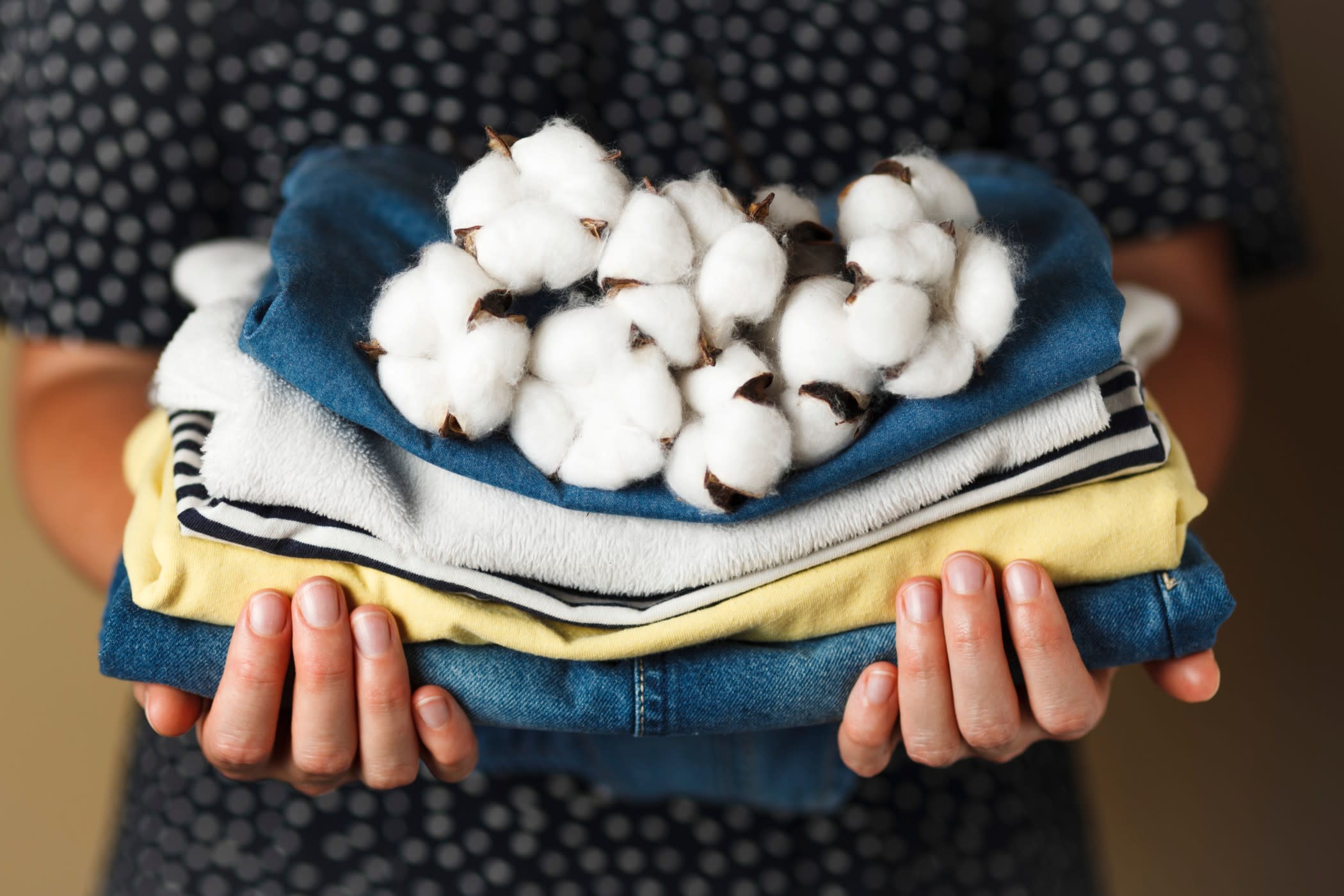Pack it Well, Pack it Eco-Friendly

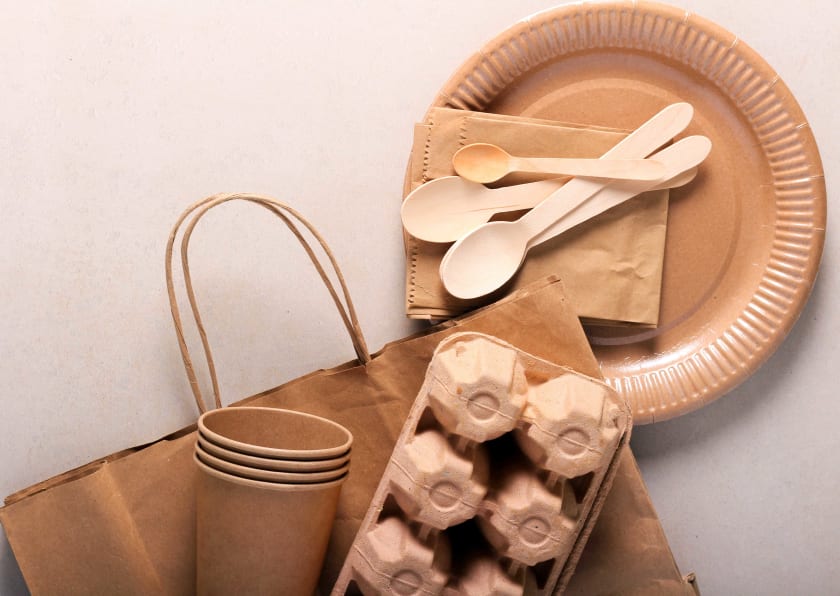

Summary: As the world grows more conscious by the day to nurture a sustainable and green future, little things done by brands can have a huge impact. Cutting pollution and wastage at the source is one such way forward. Eco-friendly packaging thus contributes to this green vision that brands want to uphold for their ever-evolving customer base.
$274.15 billion—that's what the global green packaging market evaluation was in 2020, as per research. The same is expected to grow at a CAGR of 6.1% until 2028.
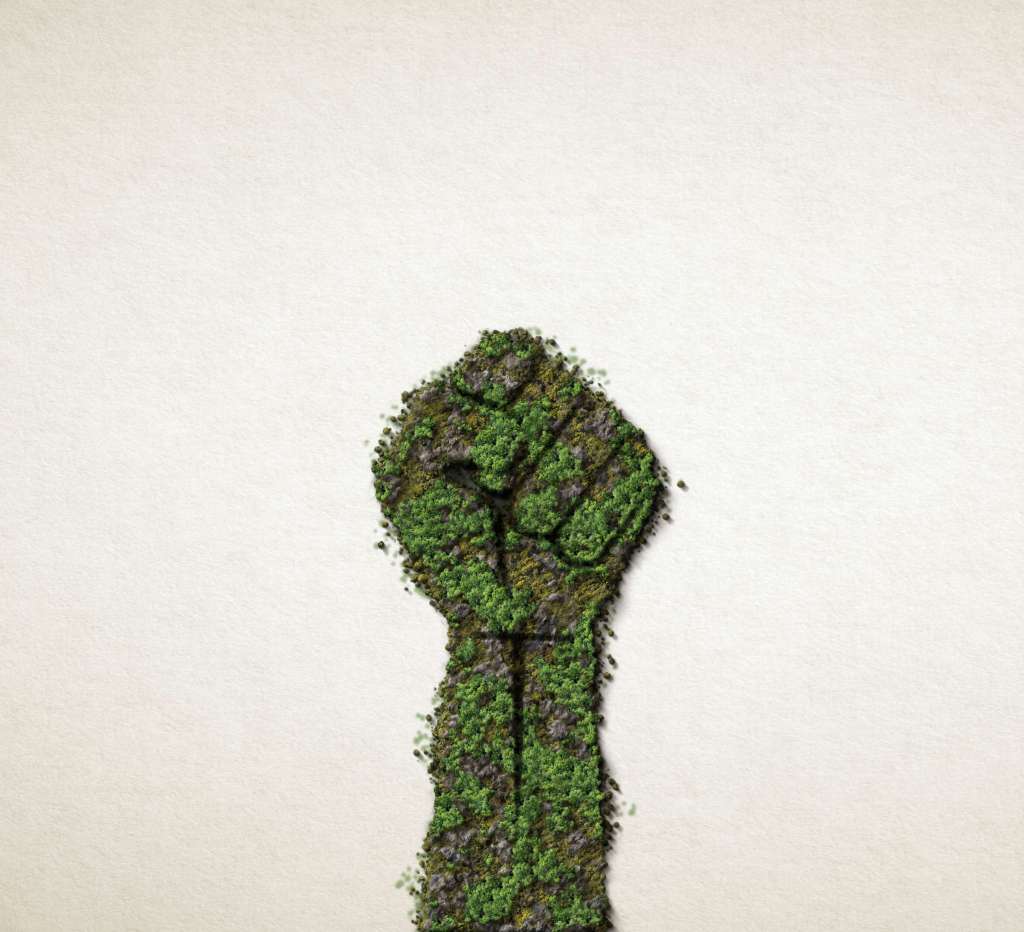
As society enters the rugged topography of balancing growth and sustainability, the green revolution has been making its mark felt in a big way across industries around the world. Consumers are more aware and mindful of consumption trends and their impact on the environment. Thus, brands would do well to take the green in their stead and lighten their footprint on the planet.
Eco-friendly alternatives to standard packaging serve the two-pronged approach of caring about the environment and better marketing a brand's green vision.
So, how do you pack it greener? Let's take a look at 10 such eco-friendly packaging alternatives and some innovative leap forwards by well-known brands.
Puma's Clever Little Bag
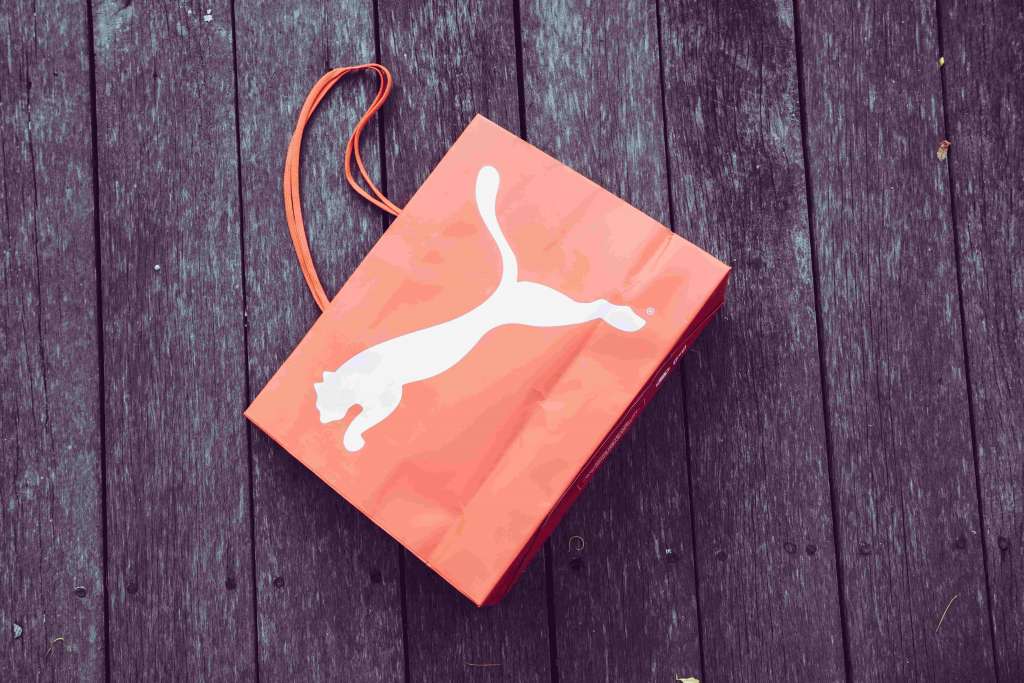
A revolutionary design brought the best of cardboard and reusable bag together to create packaging that saves 65% of cardboard and also eliminates the use of a shopping bag to save up to 275 tons of plastic per year. The package was designed by Swiss designer Yves Béhar. Puma estimates that the manufacture of the bags saves more than 60% water, energy, and diesel compared to traditional bag manufacturing processes.
Mushroom Aid
Mushroom, being an organic product, is 100% biodegradable and compostable within 30 to 90 days. They can be grown using food waste, which makes mushrooms a renewable resource. Strong and versatile, mushrooms may be used to create containers or provide insulation. Ikea is one such big brand that has shifted prominently towards mushroom packaging. It also serves as the perfect protection for household items as it can be decomposed at home.
Bio Tape
A lot of adages to packing are beyond the scope of recycling or reusing. To expedite the process of recycling, composting, and the like, certain adages like something as basic as tape needs to have a brand's attention. Eco-friendly tapes are made of kraft paper and can be activated by water. Cellulose is also another material that can be used to make tapes, as it is a fully compostable option.
Cornstarch Way
Cornstarch packaging can be a friend to food items as it is resistant to fats and oils. Besides being, cheap, sustainable, and easy to produce, it is also biodegradable.
It serves as an alternative to styrofoam and plastic packaging conventionally used today. Cornstarch is not the first option that pops up in the mind for sustainable packaging but it is a strong contender for the future. Brands like Newman’s Own Organics have been dabbling with cornstarch packaging for a while now. Walmart has also jumped into the game recently.
Textile that doesn't hurt
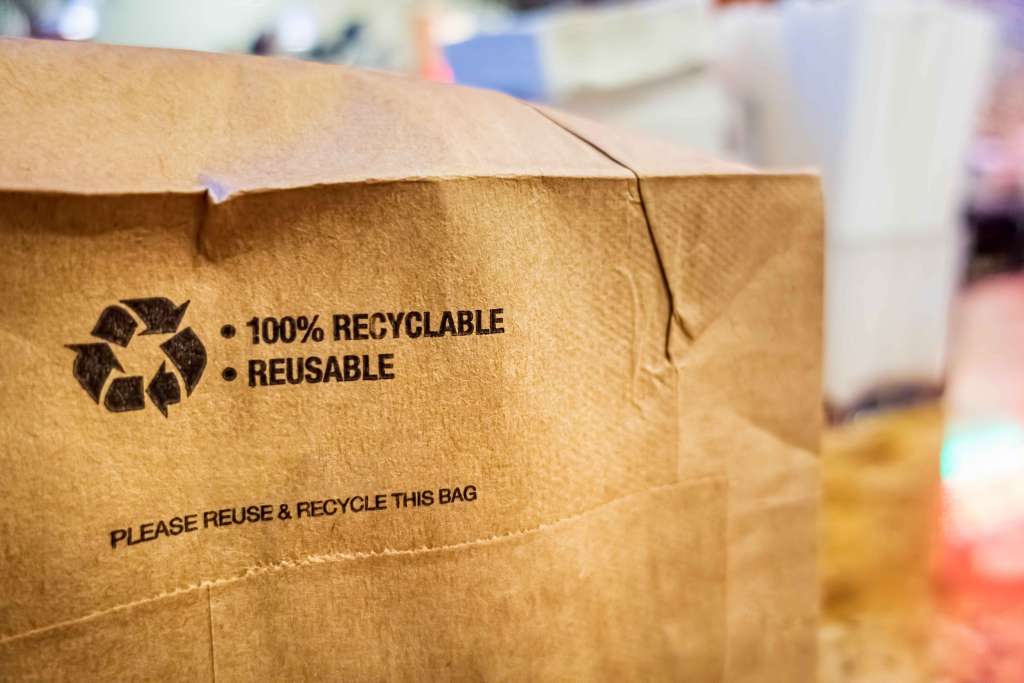
The moment we think of eco-friendly packaging, bio-degradable and sustainable textile pops into mind. It adds brand value when it provides customers with a durable and sustainable option while cutting down on waste production and enhancing the cycle of reuse and recycling. A variety of organic fibers grace the market, ranging from recycled cotton to palm leaves, tapioca, and more. A case in point to showcase the effectiveness of textiles as a packaging option would be to remember that pure linen decomposes in just two weeks while plastic bags can take 100 centuries to degrade.
Corrugated packaging
Corrugated boxes are made of three layers of paper, without dyes or bleaches, making them a very sustainable option for packaging. 70-100% recycled materials are used to form these boxes, which are solid and durable and can be used multiple times, besides being recycle-friendly. The lack of use of dyes and bleaches in manufacturing these boxes also reduces their carbon footprint.
Compostable mailers
It's all in the name. Compostable mailers are gifts that keep on giving. They’re biodegradable but are similar to poly mailers in terms of durability, lightness, and water resistance. Most of them are made from poly(butylene adipate-co-terephthalate) (PBAT) and polylactide (PLA), which are biodegradable polymers. Compostable mailers, if composted correctly, return to the earth and leave no harmful residues behind. It's all about treading lightly on the planet.
Air pillows

An alternative to bubble wrap and styrofoam, air pillows are ideal for providing cushioning around packed items. These pillows are made of biodegradable materials like paper or organic substances. This adds to a brand's value chain by cutting down on supply chain pollution and wastage.
Glassine Sheen
A translucent and beautiful eco-friendly packaging alternative lies in glassine. Glassine is a smooth and glossy paper that is air, water, and grease resistant besides being pH neutral and acid-free. It is durable, yet it effectively displays the items within, which may have only been possible with plastic and glass in the past. It is recyclable and biodegradable and comes in an array of shapes and forms such as bags, pouches, envelopes, films, and foils. It is a preferred primary or secondary packaging alternative in the apparel industry.
Plantable packaging
Soaps, shampoos, and the likes contribute to pollution extensively. Using bar soap is always better than bottled soap because it is a conscious decision as a consumer to cut down on plastic use. Pangea organics took quite an interesting route by creating packaging for their soaps that can grow trees! They used recycled newspaper, water, and tree seeds to mold fiber boxes that can be planted after use.
Taking the green route
66% of consumers are more inclined towards environment-friendly packaging, as per the 2022 Global Buying Green Report, while 86% of younger consumers (18-44 years) say they’re willing to buy more sustainable packaging products.
Brands would be thus well-advised to change with the times and hop aboard the sustainability express to maintain relevance in the near future.
Key Takeaways
i) Mushroom packaging is 100% biodegradable in 30-90 days.
ii) Conscious consumers are on the rise and the global green packaging market is $274.15 billion strong and growing.
iii) Edible packaging seems to be the way forward for the food industry.
Explore the horizons of sustainability and eco-friendly packaging with Fashinza
Think eco-friendly packaging, think Fashinza

















